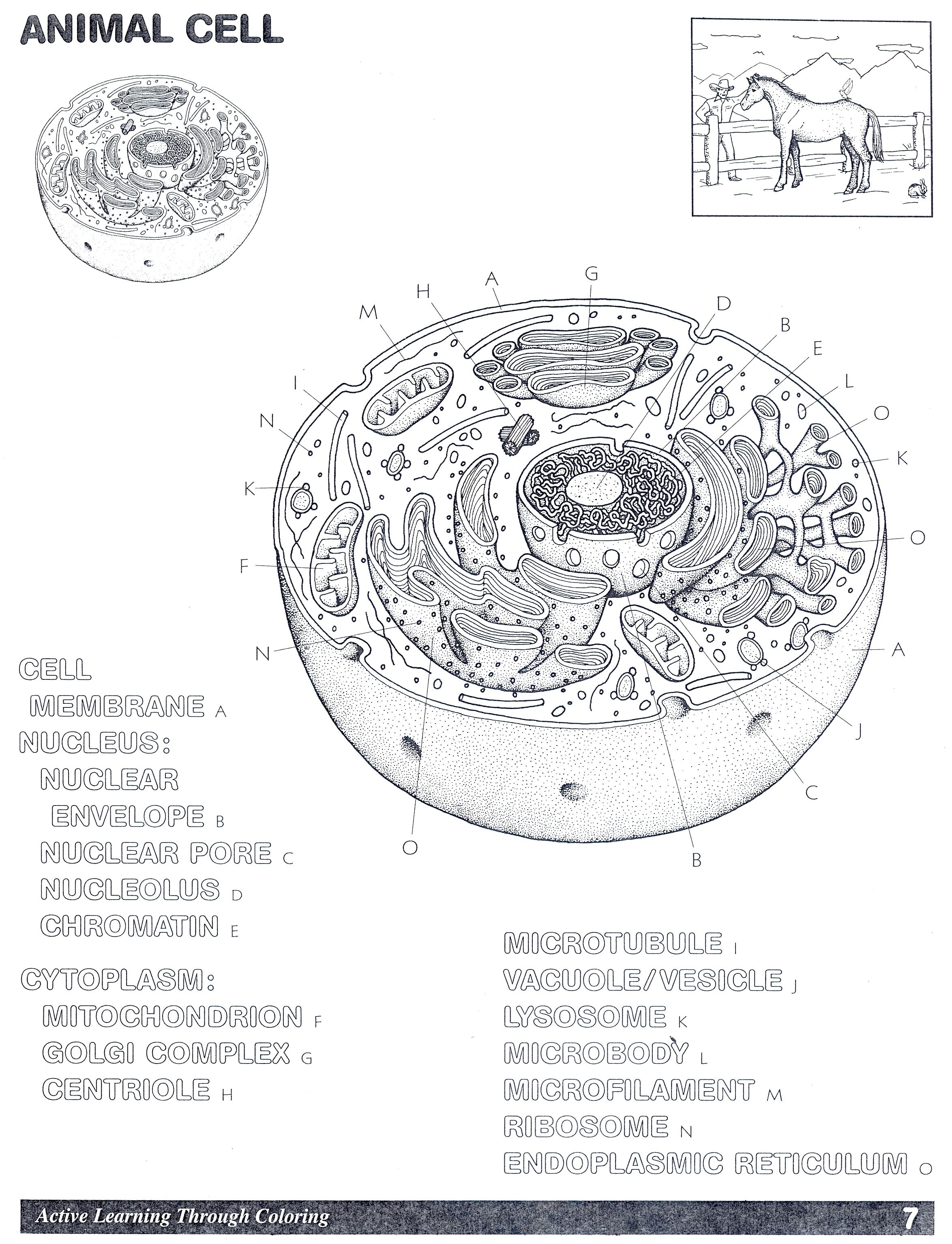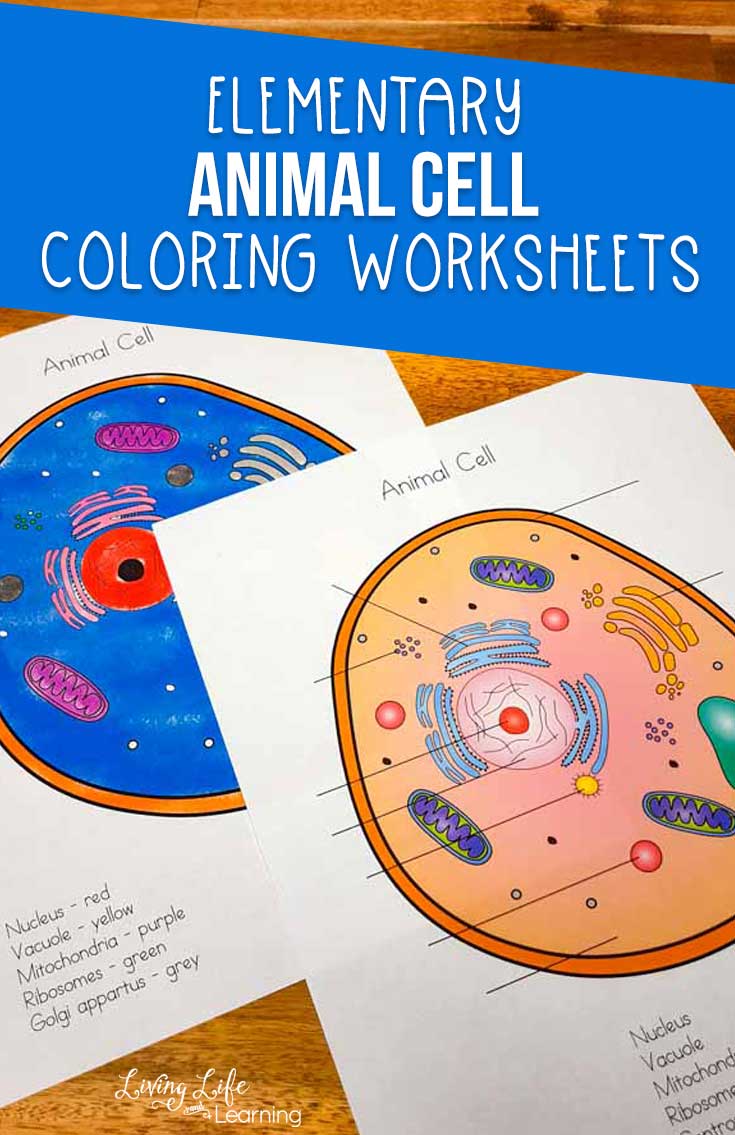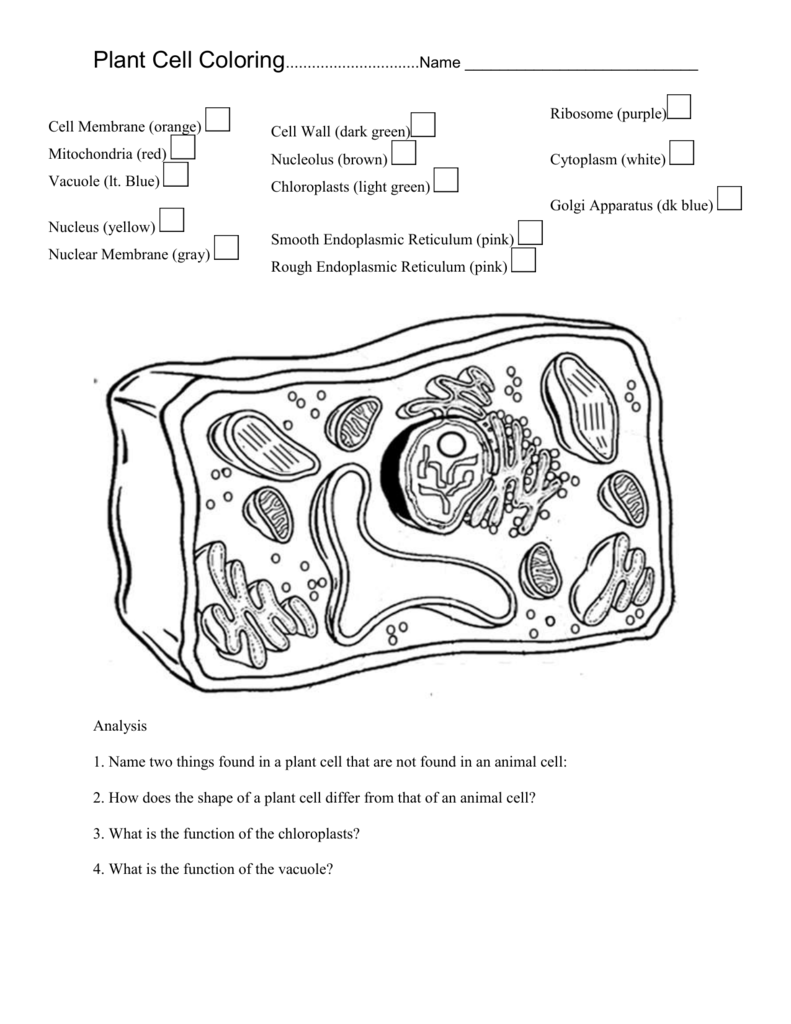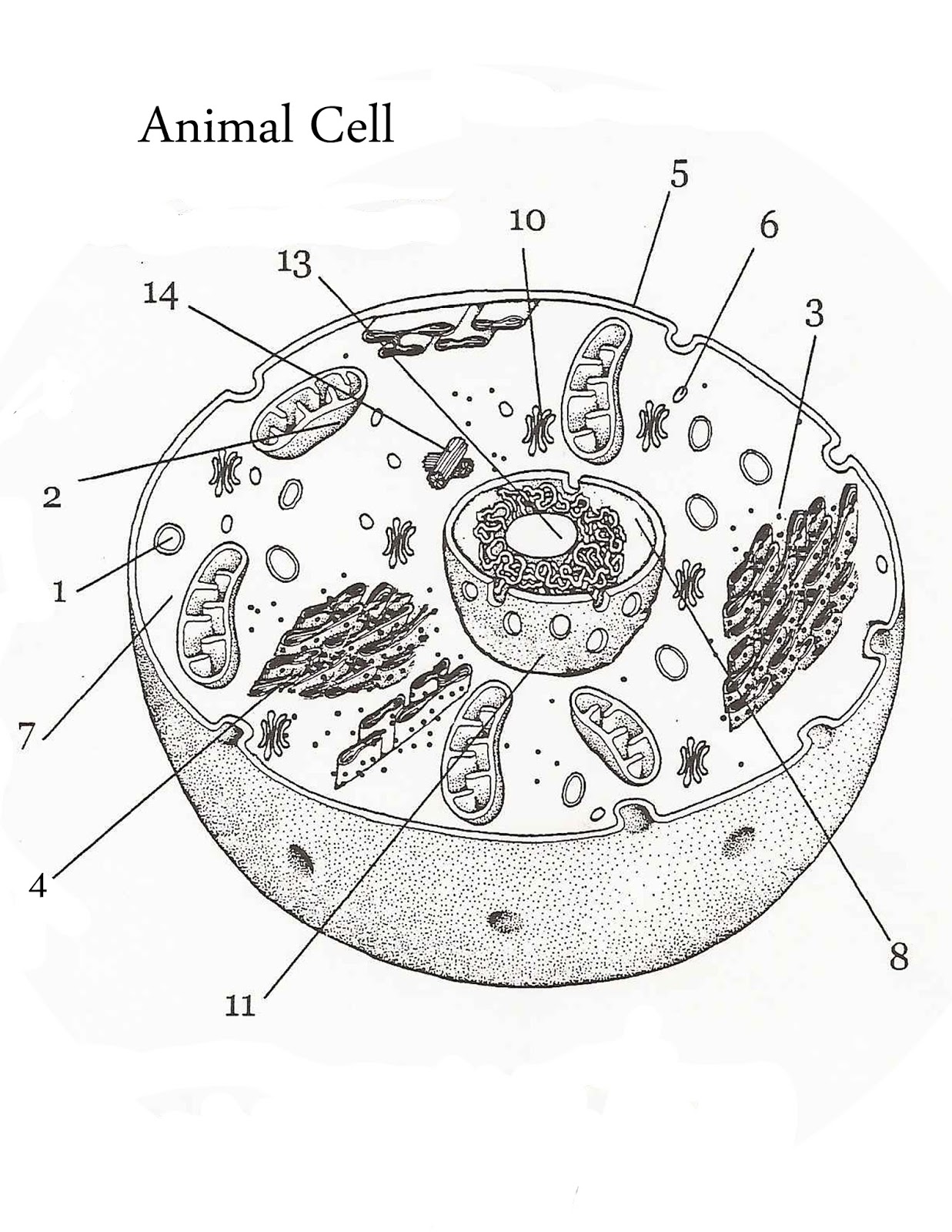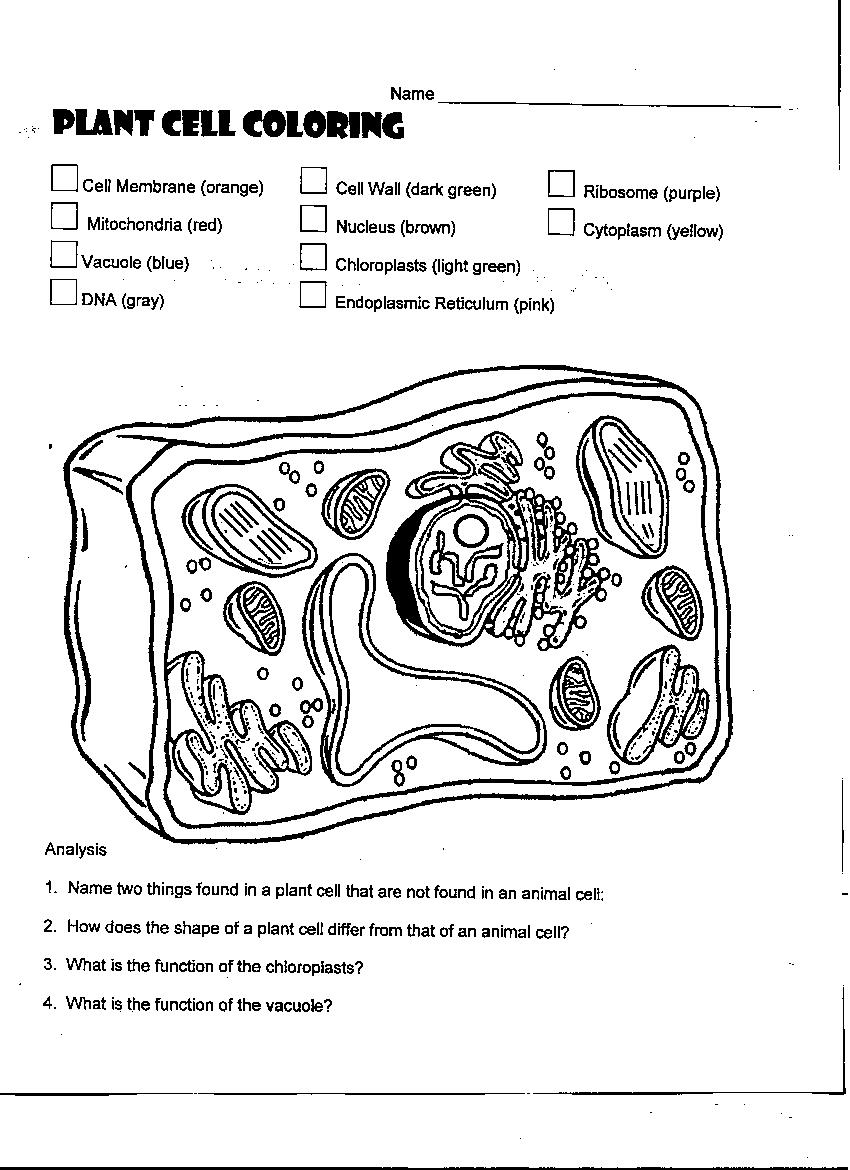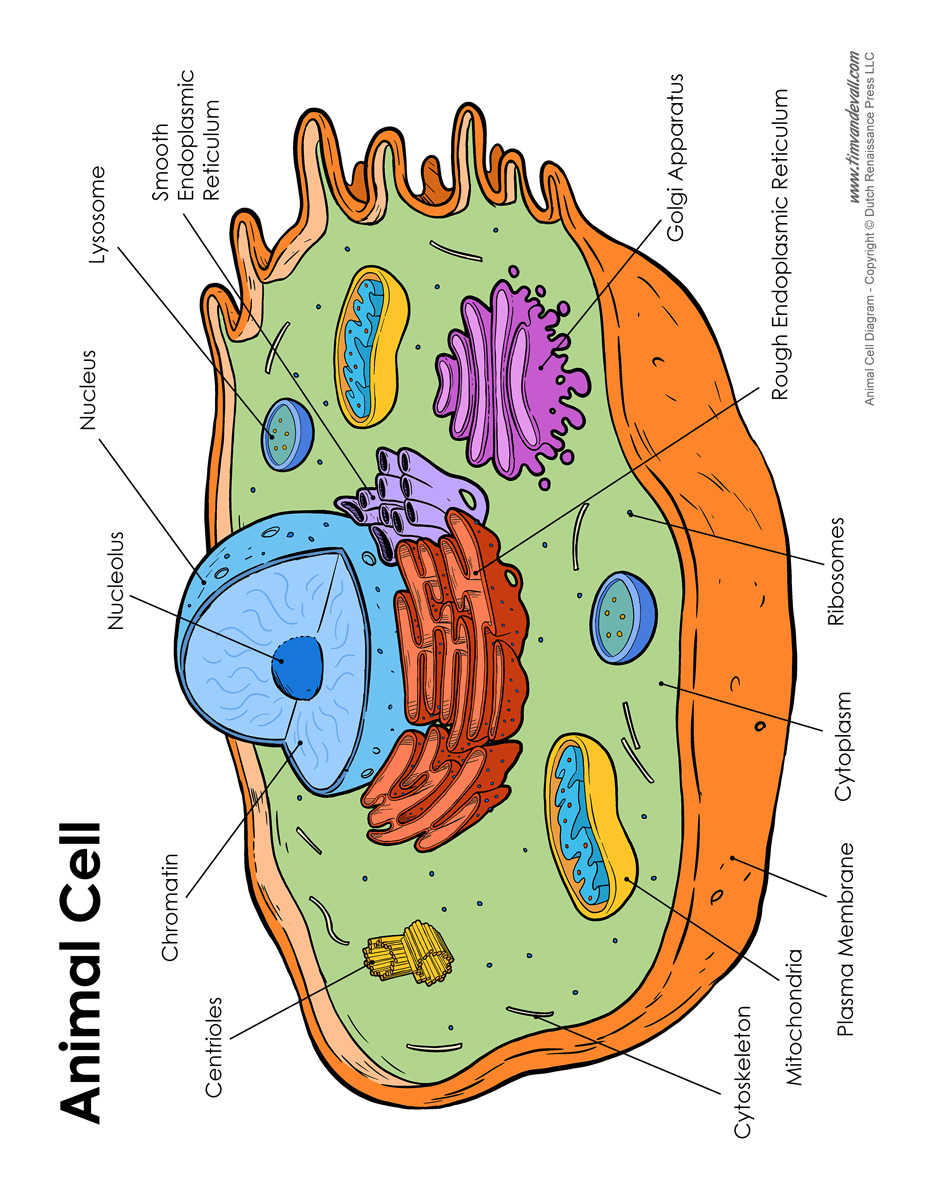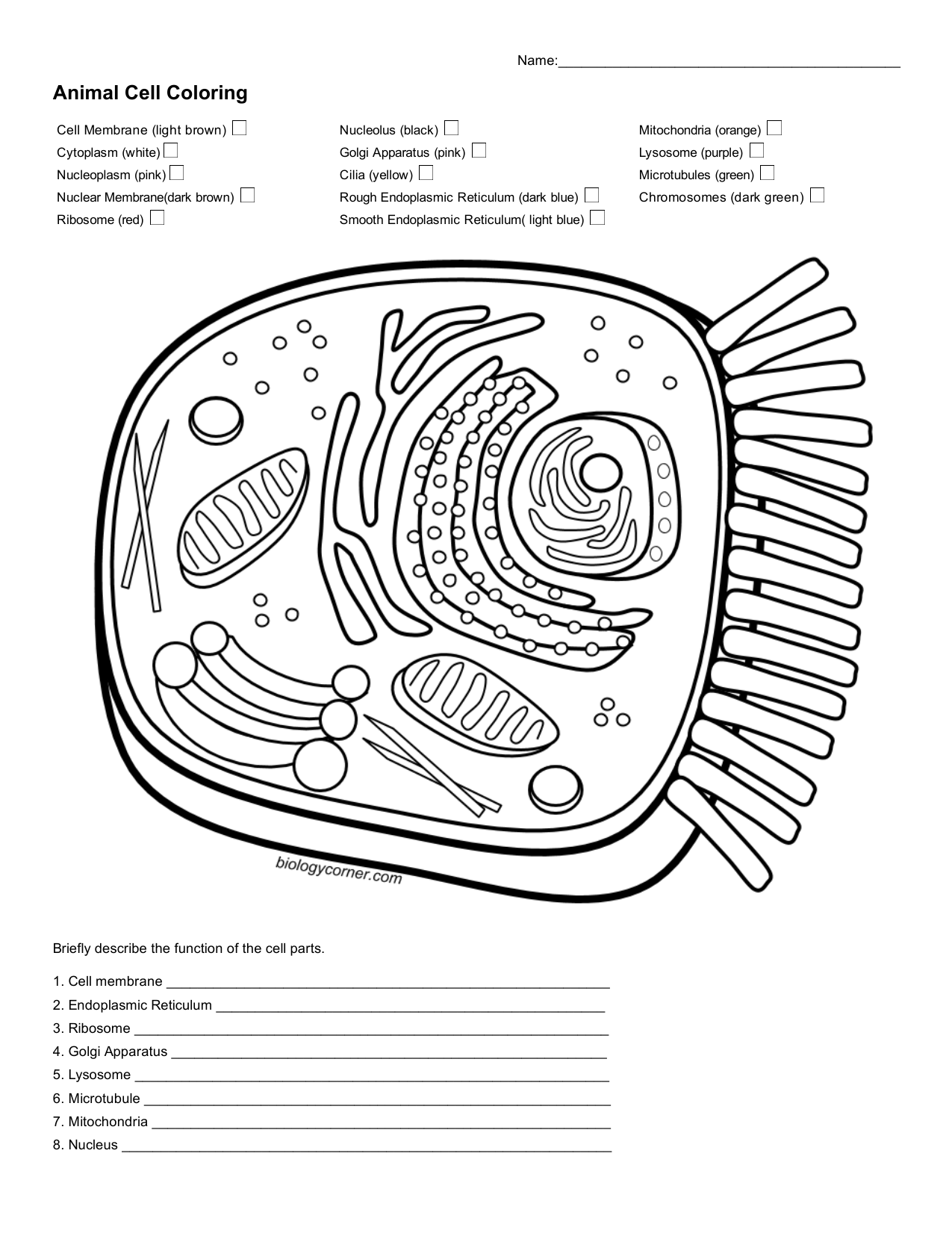Yajnik, C. S. Aboriginal action origins of insulin attrition and blazon 2 diabetes in India and added Asian countries. J. Nutr. 134, 205–210 (2004).
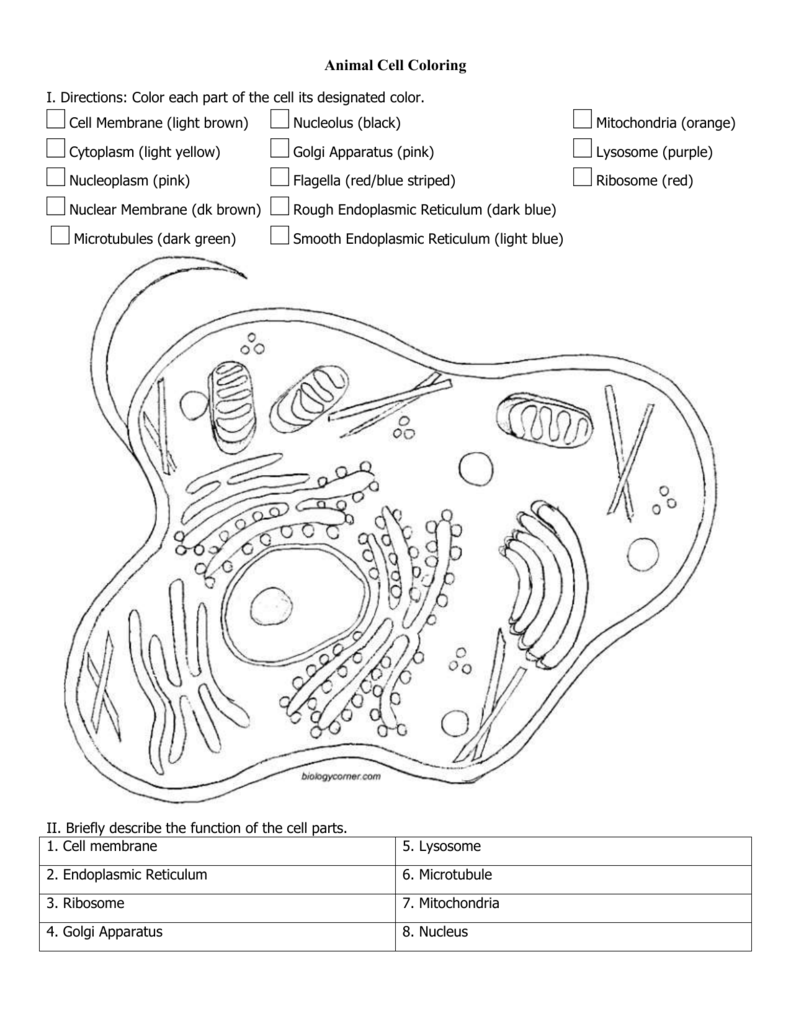
Barker, D. J. The adorning origins of abiding developed disease. Acta Paediatr. Suppl. 93, 26–33 (2004).
Painter, R. C., Roseboom, T. J. & Bleker, O. P. Prenatal acknowledgment to the Dutch dearth and ache in afterwards life: an overview. Reprod. Toxicol. 20, 345–352 (2005).
Gluckman, P. D., Hanson, M. A. & Beedle, A. S. Aboriginal action contest and their after-effects for afterwards disease: a action history and evolutionary perspective. Am. J. Hum. Biol. 19, 1–19 (2007). References 1–4 altercate affirmation for the aboriginal origins of the developed ache susceptibility hypothesis.
St Clair, D. et al. Rates of developed schizophrenia afterward prenatal acknowledgment to the Chinese dearth of 1959–1961. JAMA 294, 557–562 (2005).
van Os, J. & Selten, J. P. Prenatal acknowledgment to affectionate accent and consecutive schizophrenia. The May 1940 aggression of The Netherlands. Br. J. Psychiatry 172, 324–326 (1998). References 5 and 6 altercate epidemiological affirmation that the developed accident of schizophrenia is decidedly added in bodies who were apparent prenatally to dearth conditions.
Li, E. Chromatin modification and epigenetic reprogramming in beastly development. Nature Rev. Genet. 3, 662–673 (2002).
Klose, R. J. & Bird, A. P. Genomic DNA methylation: the mark and its mediators. Trends Biochem. Sci. 31, 89–97 (2006).
Talbert, P. B. & Henikoff, S. Spreading of bashful chromatin: cessation at a distance. Nature Rev. Genet. 7, 793–803 (2006).
Richards, E. J. Affiliated epigenetic aberration — revisiting bendable inheritance. Nature Rev. Genet. 7, 395–401 (2006).
Thorvaldsen, J. L., Verona, R. I. & Bartolomei, M. S. X-tra! X-tra! News from the abrasion X chromosome. Dev. Biol. 298, 344–353 (2006).
Huynh, K. D. & Lee, J. T. X-chromosome inactivation: a antecedent bond ontogeny and phylogeny. Nature Rev. Genet. 6, 410–418 (2005).
Lewis, A. & Reik, W. How imprinting centres work. Cytogenet. Genome Res. 113, 81–89 (2006).
Reik, W. & Walter, J. Genomic imprinting: affectionate access on the genome. Nature Rev. Genet. 2, 21–32 (2001).
Falls, J. G., Pulford, D. J., Wylie, A. A. & Jirtle, R. L. Genomic imprinting: implications for animal disease. Am. J. Pathol. 154, 635–647 (1999).
Murphy, S. K. & Jirtle, R. L. Imprinting change and the bulk of silence. BioEssays 25, 577–588 (2003).
Slotkin, R. K. & Martienssen, R. Transposable elements and the epigenetic adjustment of the genome. Nature Rev. Genet. 8, 272–285 (2007).
Wolff, G. L., Kodell, R. L., Moore, S. R. & Cooney, C. A. Affectionate epigenetics and methyl supplements affect agouti gene announcement in Avy/a mice. FASEB J. 12, 949–957 (1998).
Waterland, R. A. & Jirtle, R. L. Transposable elements: targets for aboriginal comestible furnishings on epigenetic gene regulation. Mol. Cell. Biol. 23, 5293–5300 (2003). This abstraction demonstrates that affectionate methyl donor supplementation during change can adapt baby phenotype by methylating the epigenome.
Dolinoy, D. C., Weidman, J. R., Waterland, R. A. & Jirtle, R. L. Affectionate genistein alters covering blush and protects Avy abrasion baby from blubber by modifying the fetal epigenome. Environ. Bloom Perspect. 114, 567–572 (2006).
Waterland, R. A. et al. Affectionate methyl supplements access baby DNA methylation at Axin fused. Genesis 44, 401–406 (2006).
Waterland, R. A., Lin, J. R., Smith, C. A. & Jirtle, R. L. Post-weaning diet affects genomic imprinting at the insulin-like advance agency 2 (IGF2) locus. Hum. Mol. Genet. 15, 705–716 (2006).
Li, S. et al. Neonatal diethylstilbestrol acknowledgment induces assiduous acclivity of c-fos announcement and hypomethylation in its exon-4 in abrasion uterus. Mol. Carcinog. 38, 78–84 (2003).
Ho, S. M., Tang, W. Y., Belmonte de Frausto, J. & Prins, G. S. Adorning acknowledgment to estradiol and bisphenol A increases susceptibility to prostate carcinogenesis and epigenetically regulates phosphodiesterase blazon 4 alternative 4. Blight Res. 66, 5624–5632 (2006).
Anway, M. D. & Skinner, M. K. Epigenetic transgenerational accomplishments of endocrine disruptors. Endocrinology 147, S43–S49 (2006).
Weaver, I. C. G. et al. Epigenetic programming by affectionate behavior. Nature Neurosci. 7, 847–854 (2004).
Weaver, I. C. et al. Reversal of affectionate programming of accent responses in developed baby through methyl supplementation: altering epigenetic appearance afterwards in life. J. Neurosci. 25, 11045–11054 (2005).
Niemitz, E. L. & Feinberg, A. P. Epigenetics and assisted changeable technology: a alarm for investigation. Am. J. Hum. Genet. 74, 599–609 (2004).
Rossignol, S. et al. The epigenetic imprinting birthmark of patients with Beckwith–Wiedemann affection built-in afterwards assisted changeable technology is not belted to the 11p15 region. J. Med. Genet. 43, 902–907 (2006).

Koturbash, I. et al. Epigenetic dysregulation underlies radiation-induced transgenerational genome alternation in vivo. Int. J. Radiat. Oncol. Biol. Phys. 66, 327–330 (2006).
Morgan, H. D., Sutherland, H. G. E., Martin, D. I. K. & Whitelaw, E. Epigenetic bequest at the agouti locus in the mouse. Nature Genet. 23, 314–318 (1999). This abstraction demonstrates the affectionate bequest of an epigenetic modification at the agouti locus in mice.
Lane, N. et al. Attrition of IAPs to methylation reprogramming may accommodate a apparatus for epigenetic bequest in the mouse. Genesis 35, 88–93 (2003).
Rakyan, V. K. et al. Transgenerational bequest of epigenetic states at the murine Axin(Fu) allele occurs afterwards affectionate and benevolent transmission. Proc. Natl Acad. Sci. USA 100, 2538–2543 (2003).
Anway, M. D., Cupp, A. S., Uzumcu, M. & Skinner, M. K. Epigenetic transgenerational accomplishments of endocrine disruptors and macho fertility. Science 308, 1466–1469 (2005). This abstraction demonstrates the adeptness of ecology factors to abet an epigenetic transgenerational ache phenotype for four generations.
Pembrey, M. E. et al. Sex-specific, male-line transgenerational responses in humans. Eur. J. Hum. Genet. 14, 159–166 (2006). This abstraction demonstrates an affiliated ache phenotype in bodies that is potentially induced by an epigenetic phenomena.
Vasicek, T. J. et al. Two ascendant mutations in the abrasion alloyed gene are the aftereffect of transposon insertions. Genetics 147, 777–786 (1997).
Suter, C. M., Martin, D. I. & Ward, R. L. Germline epimutation of MLH1 in individuals with assorted cancers. Nature Genet. 36, 497–501 (2004).
Chan, T. L. et al. Ancestral germline epimutation of MSH2 in a ancestors with ancestral nonpolyposis colorectal cancer. Nature Genet. 38, 1178–1183 (2006).
Esteller, M. Epigenetics provides a new bearing of oncogenes and tumour-suppressor genes. Br. J. Blight 94, 179–183 (2006).
Yoo, C. B. & Jones, P. A. Epigenetic assay of cancer: past, present and future. Nature Rev. Drug Discov. 5, 37–50 (2006).
Baylin, S. B. & Ohm, J. E. Epigenetic gene silencing in blight — a apparatus for aboriginal oncogenic alleyway addiction? Nature Rev. Blight 6, 107–116 (2006).
Duhl, D. M., Vrieling, H., Miller, K. A., Wolff, G. L. & Barsh, G. S. Neomorphic agouti mutations in adipose chicken mice. Nature Genet. 8, 59–65 (1994). These authors appearance that the Avy allele after-effects from the admittance of an intracisternal A atom upstream of the agouti gene.
Druker, R., Bruxner, T. J., Lehrbach, N. J. & Whitelaw, E. Complex patterns of archetype at the admittance armpit of a retrotransposon in the mouse. Nucl. Acids Res. 32, 5800–5808 (2004).
Rakyan, V. K., Blewitt, M. E., Druker, R., Preis, J. I. & Whitelaw, E. Metastable epialleles in mammals. Trends Genet. 18, 348–351 (2002).
Druker, R. & Whitelaw, E. Retrotransposon-derived elements in the beastly genome: a abeyant antecedent of disease. Inherit. Metab. Dis. 27, 319–330 (2004).
Miltenberger, R. J., Mynatt, R. L., Wilkinson, J. E. & Woychik, R. P. The role of the agouti gene in the Chicken Adipose Syndrome. J. Nutr. 127, 1902S–1907S (1997).
Cooney, C. A., Dave, A. A. & Wolff, G. L. Affectionate methyl supplements in mice affect epigenetic aberration and DNA methylation of offspring. J. Nutr. 132, 2393S–2400S (2002).
Cropley, J. E., Suter, C. M., Beckman, K. B. & Martin, D. I. Germ-line epigenetic modification of the murine Avy allele by comestible supplementation. Proc. Natl Acad. Sci. USA 103, 17308–17312 (2006).
Haig, D. & Graham, C. Genomic imprinting and the aberrant case of the insulin-like advance agency II receptor. Cell 64, 1045–1046 (1991). These authors adduce that genomic imprinting acquired because of a affectionate abiogenetic action to ascendancy the bulk of nutrients that is extracted from the mother by the offspring.
Wilkins, J. F. & Haig, D. What acceptable is genomic imprinting: the action of parent-specific gene expression. Nature Rev. Genet. 4, 359–368 (2003).
DeChiara, T. M., Robertson, E. & Efstratiadis, A. Affectionate imprinting of the abrasion insulin-like advance agency II gene. Cell 64, 849–859 (1991).
Barlow, D. P., Stoger, R., Herrmann, B. G., Saito, K. & Schweifer, N. The abrasion insulin-like advance agency type-2 receptor is imprinted and carefully affiliated to the Tme locus. Nature 349, 84–87 (1991). References 51 and 52 address the first-identified imprinted genes.
Killian, J. K. et al. M6p/IGF2R imprinting change in mammals. Mol. Cell 5, 707–716 (2000). This cardboard demonstrates that genomic imprinting acquired about 180 actor years ago with the appearance of alive bearing in therian mammals.
Evans, H. K., Weidman, J. R., Cowley, D. O. & Jirtle, R. L. Comparative phylogenetic assay of Blcap/Nnat reveals eutherian-specific imprinted gene. Mol. Biol. Evol. 22, 1740–1748 (2005).
Weidman, J. R., Maloney, K. A. & Jirtle, R. L. Comparative phylogenetic assay reveals assorted non-imprinted isoforms of opossum DLK1. Mamm. Genome 17, 157–167 (2006).
Suzuki, S. et al. Genomic imprinting of IGF2, p57(KIP2) and PEG1/MEST in a marsupial, the tammar wallaby. Mech. Dev. 122, 213–222 (2005).
Killian, J. K. et al. Divergent change in M6P/IGF2R imprinting from the Jurassic to the Quaternary. Hum. Mol. Genet. 10, 1721–1728 (2001).
De Souza, A. T., Hankins, G. R., Washington, M. K., Orton, T. C. & Jirtle, R. L. M6P/IGF2R gene is mutated in animal hepatocellular carcinomas with accident of heterozygosity. Nature Genet. 11, 447–449 (1995).
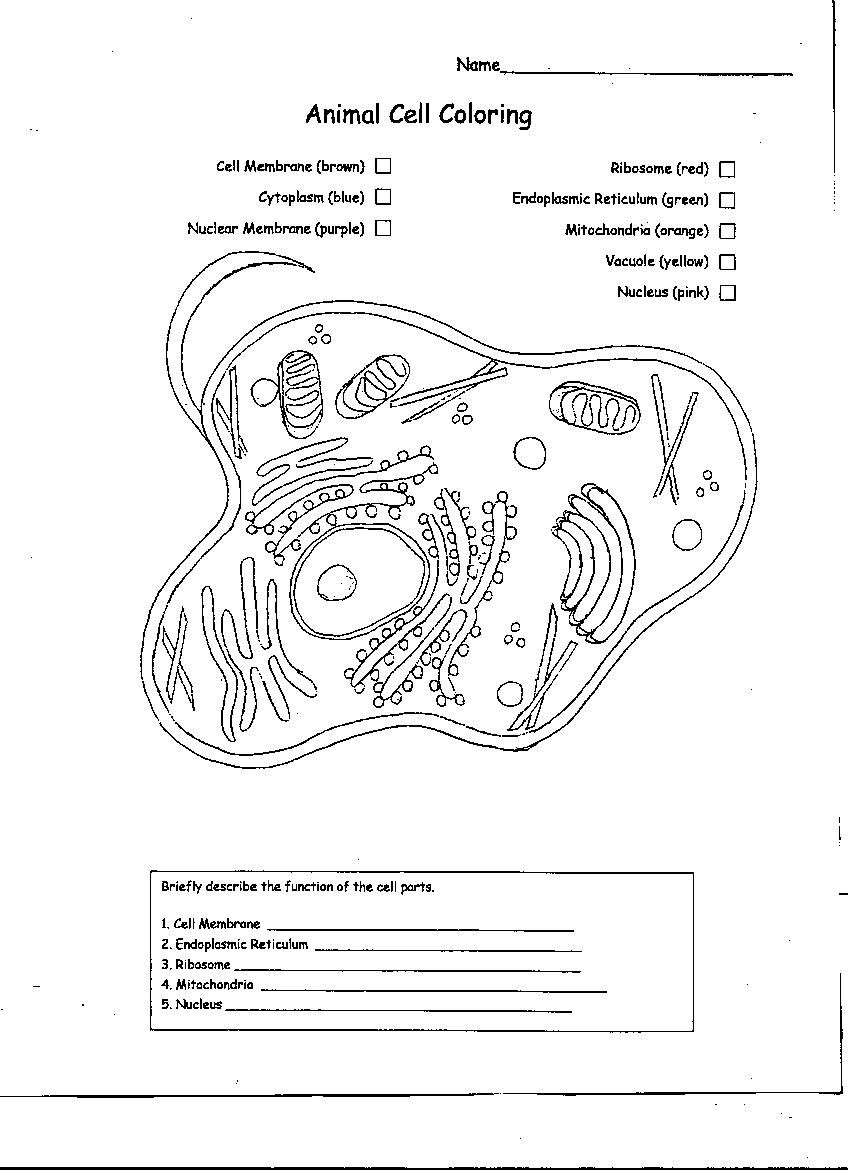
Weksberg, R., Shuman, C. & Smith, A. C. Beckwith–Wiedemann syndrome. Am. J. Med. Genet. C Semin. Med. Genet. 137, 12–23 (2005).
Kantor, B., Shemer, R. & Razin, A. The Prader-Willi–Angelman imprinted area and its ascendancy center. Cytogenet. Genome Res. 113, 300–305 (2006).
Badcock, C. & Crespi, B. Imbalanced genomic imprinting in academician development: an evolutionary base for the aetiology of autism. J. Evol. Biol. 19, 1007–1032 (2006). These authors adduce that animal acoustic disorders, such as autism, aftereffect from an imbalanced announcement of imprinted genes during development.
Morison, I. M., Ramsay, J. P. & Spencer, H. G. A demography of beastly imprinting. Trends Genet. 21, 457–465 (2005).
Feinberg, A. P., Ohlsson, R. & Henikoff, S. The epigenetic antecedent agent of animal cancer. Nature Rev. Genet. 7, 21–33 (2006).
Feinberg, A. P. A abiogenetic access to blight epigenetics. Cold Spring Harb. Symp. Quant. Biol. 70, 335–341 (2005).
Knudson, A. G. Two abiogenetic hits (more or less) to cancer. Nature Rev. Blight 1, 157–162 (2001).
Cui, H. et al. Accident of IGF2 imprinting: a abeyant brand of colorectal blight risk. Science 299, 1753–1755 (2003). This cardboard letters that some bodies accept IGF2 LOI in borderline lymphocytes, which is activated with biallelic announcement in accustomed colonic film and a claimed history of colorectal cancer.
Cruz-Correa, M. et al. Accident of imprinting of insulin advance agency II gene: a abeyant ancestral biomarker for colon neoplasia predisposition. Gastroenterology 126, 964–970 (2004).
Jirtle, R. L. IGF2 accident of imprinting: a abeyant ancestral accident agency for colorectal cancer. Gastroenterology 126, 1190–1193 (2004).
Oates, N. A. et al. Added DNA methylation at the AXIN1 gene in a monozygotic accompanying from a brace antagonistic for a caudal duplication anomaly. Am. J. Hum. Genet. 79, 155–162 (2006).
Ikeda, M., Tamura, M., Yamashita, J., Suzuki, C. & Tomita, T. Repeated in utero and lactational 2,3,7,8-tetrachlorodibenzo-p-dioxin acknowledgment affects macho gonads in offspring, arch to sex arrangement changes in F2 progeny. Toxicol. Appl. Pharmacol. 206, 351–355 (2005).
Blatt, J., Van Le, L., Weiner, T. & Sailer, S. Ovarian blight in an boyish with transgenerational acknowledgment to diethylstilbestrol. J. Pediatr. Hematol. Oncol. 25, 635–636 (2003).
Dubrova, Y. E. Radiation-induced transgenerational instability. Oncogene 22, 7087–7093 (2003).
Cheng, R. Y., Hockman, T., Crawford, E., Anderson, L. M. & Shiao, Y. H. Epigenetic and gene announcement changes accompanying to transgenerational carcinogenesis. Mol. Carcinog. 40, 1–11 (2004).
Hemmings, D. G., Veerareddy, S., Baker, P. N. & Davidge, S. T. Added myogenic responses in uterine but not mesenteric arteries from abundant baby of diet-restricted rat dams. Biol. Reprod. 72, 997–1003 (2005).
Ferguson, L. R., Karunasinghe, N. & Philpott, M. Epigenetic contest and aegis from colon blight in New Zealand. Environ. Mol. Mutagen. 44, 36–43 (2004).
Csaba, G. & Karabelyos, C. Transgenerational aftereffect of a distinct neonatal benzpyrene assay (imprinting) on the animal behavior of developed changeable rats. Hum. Exp. Toxicol. 16, 553–556 (1997).
Fujii, T. Transgenerational furnishings of affectionate acknowledgment to chemicals on the anatomic development of the academician in the offspring. Blight Causes Ascendancy 8, 524–528 (1997).
Brucker-Davis, F. Furnishings of ecology constructed chemicals on thyroid function. Thyroid 8, 827–856 (1998).
Giusti, R. M., Iwamoto, K. & Hatch, E. E. Diethylstilbestrol revisited: a assay of the abiding bloom effects. Ann. Intern. Med. 122, 778–788 (1995).
Klip, H. et al. Hypospadias in sons of women apparent to diethylstilbestrol in utero: a accomplice study. Lancet 359, 1102–1107 (2002).
Parks, L. G. et al. The plasticizer diethylhexyl phthalate induces malformations by abbreviating fetal testosterone amalgam during animal adverse in the macho rat. Toxicol. Sci. 58, 339–349 (2000).
Steinhardt, G. F. Endocrine disruption and hypospadias. Adv. Exp. Med. Biol. 545, 203–215 (2004).
Ruden, D. M., Xiao, L., Garfinkel, M. D. & Lu, X. Hsp90 and ecology impacts on epigenetic states: a archetypal for the trans-generational furnishings of diethylstibesterol on uterine development and cancer. Hum. Mol. Genet. 14, R149–R155 (2005).
Matta, M. B., Linse, J., Cairncross, C., Francendese, L. & Kocan, R. M. Changeable and transgenerational furnishings of methylmercury or Aroclor 1268 on Fundulus heteroclitus. Environ. Toxicol. Chem. 20, 327–335 (2001).
Omholt, S. W. & Amdam, G. V. Epigenetic adjustment of crumbling in honeybee workers. Sci. Crumbling Knowledge Environ. 2004, pe28 (2004).
Ottinger, M. A. et al. Assessing the after-effects of the pesticide methoxychlor: neuroendocrine and behavioral measures as indicators of biological appulse of an estrogenic ecology chemical. Academician Res. Bull. 65, 199–209 (2005).
Seidl, M. D., Paul, R. J. & Pirow, R. Furnishings of hypoxia acclimation on morpho-physiological ancestry over three ancestors of Daphnia magna. J. Exp. Biol. 208, 2165–2175 (2005).
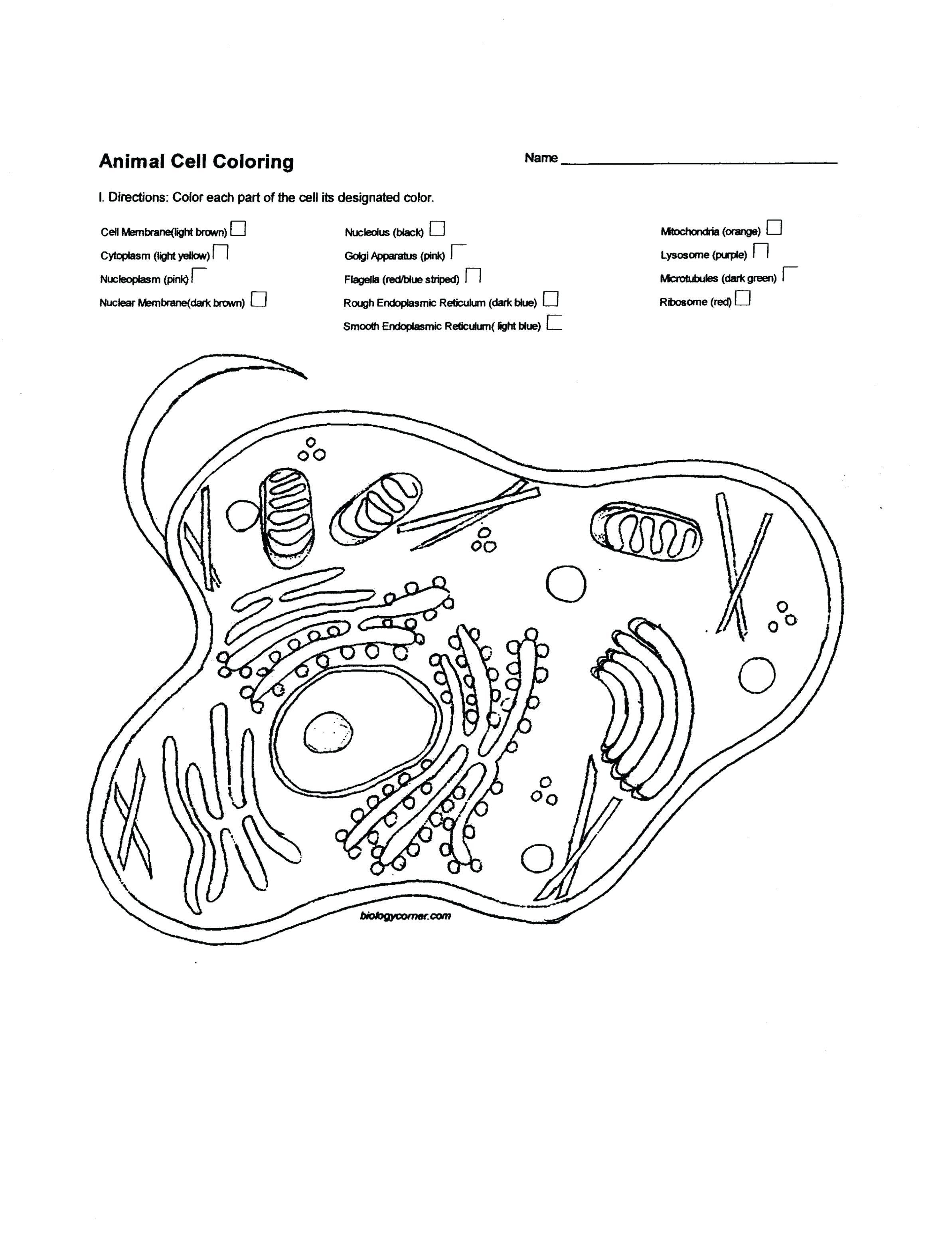
Foran, C. M., Peterson, B. N. & Benson, W. H. Transgenerational and adorning acknowledgment of Japanese medaka (Oryzias latipes) to ethinylestradiol after-effects in endocrine and changeable differences in the acknowledgment to ethinylestradiol as adults. Toxicol. Sci. 68, 389–402 (2002).
Anderson, C. M., Lopez, F., Zimmer, A. & Benoit, J. N. Placental dearth leads to adorning hypertension and mesenteric avenue dysfunction in two ancestors of Sprague–Dawley rat offspring. Biol. Reprod. 74, 538–544 (2006).
Csaba, G. & Inczefi-Gonda, A. Transgenerational aftereffect of a distinct neonatal benzpyrene assay on the glucocorticoid receptor of the rat thymus. Hum. Exp. Toxicol. 17, 88–92 (1998).
Newbold, R. R., Padilla-Banks, E. & Jefferson, W. N. Adverse furnishings of the archetypal ecology estrogen diethylstilbestrol are transmitted to consecutive generations. Endocrinology 147, S11–S17 (2006).
Popova, N. V. Transgenerational aftereffect of orthoaminoasotoluol in mice. Blight Lett. 46, 203–206 (1989).
Zambrano, E. et al. Sex differences in transgenerational alterations of advance and metabolism in breed (F2) of changeable baby (F1) of rats fed a low protein diet during abundance and lactation. J. Physiol. 566, 225–236 (2005).
Cesani, M. F. et al. Aftereffect of undernutrition on the cranial advance of the rat. An intergenerational study. Beef Tissues Organs 174, 129–135 (2003).
Turusov, V. S., Nikonova, T. V. & Parfenov, Y. Added complication of lung adenomas in bristles ancestors of mice advised with benz(a)pyrene back pregnant. Blight Lett. 55, 227–231 (1990).
Anway, M. D., Leathers, C. & Skinner, M. K. Endocrine disruptor vinclozolin induced epigenetic transgenerational adult-onset disease. Endocrinology 147, 5515–5523 (2006).
Chang, H. S., Anway, M. D., Rekow, S. S. & Skinner, M. K. Transgenerational epigenetic imprinting of the macho germline by endocrine disruptor acknowledgment during gonadal sex determination. Endocrinology 147, 5524–5541 (2006). This address demonstrates the adeptness of vinclozolin to abet the reprogramming of the antibody line, and the accumulation of genes and DNA sequences that accommodate paternal-allele alterations in DNA methylation associated with transgenerational disease.
Durcova-Hills, G. et al. Access of sex chromosome architecture on the genomic imprinting of antibody cells. Proc. Natl Acad. Sci. USA 103, 11184–11188 (2006).
Forum, T. C. News and Information. J. Radiol. Prot. 25, 499–502 (2005).
Allegrucci, C., Thurston, A., Lucas, E. & Young, L. Epigenetics and the germline. Reproduction 129, 137–149 (2005).
McCarrey, J. R., Geyer, C. B. & Yoshioka, H. Epigenetic adjustment of testis-specific gene expression. Ann. NY Acad. Sci. 1061, 226–242 (2005).
Trasler, J. M. Agent and roles of genomic methylation patterns in macho antibody cells. Semin. Cell Dev. Biol. 9, 467–474 (1998).
Weaver, I. C., Meaney, M. J. & Szyf, M. Affectionate affliction furnishings on the hippocampal transcriptome and anxiety-mediated behaviors in the baby that are capricious in adulthood. Proc. Natl Acad. Sci. USA 103, 3480–3485 (2006).
Hurst, G. D. & Werren, J. H. The role of egocentric abiogenetic elements in eukaryotic evolution. Nature Rev. Genet. 2, 597–606 (2001).
Bestor, T. H. Cytosine methylation mediates animal conflict. Trends Genet. 19, 185–190 (2003).
Luedi, P. P., Hartemink, A. J. & Jirtle, R. L. Genome-wide anticipation of imprinted murine genes. Genome Res. 15, 875–884 (2005). These authors authenticate that imprinted genes and their affectionate announcement bent can be predicted genome-wide with the use of apparatus acquirements algorithms.
Waddington, C. H. Organisers and Genes (Cambridge Univ. Press, Cambridge, 1940).
Holliday, R. & Pugh, J. E. DNA modification mechanisms and gene action during development. Science 187, 226–232 (1975).
Willard, H. F., Brown, C. J., Carrel, L., Hendrich, B. & Miller, A. P. Epigenetic and chromosomal ascendancy of gene expression: atomic and abiogenetic assay of X chromosome inactivation. Cold Spring Harb. Symp. Quant. Biol. 58, 315–322 (1993).
Monk, M. Genomic imprinting. Genes Dev. 2, 921–925 (1988).
Wolffe, A. P. & Matzke, M. A. Epigenetics: adjustment through repression. Science 286, 481–486 (1999).
Murrell, A., Rakyan, V. K. & Beck, S. From genome to epigenome. Hum. Mol. Genet. 14, R3–R10 (2005).
Kishino, T. Imprinting in neurons. Cytogenet. Genome Res. 113, 209–214 (2006).
Vu, T. H., Jirtle, R. L. & Hoffman, A. R. Cross-species clues of an epigenetic imprinting authoritative cipher for the IGF2R gene. Cytogenet. Genome Res. 113, 202–208 (2006).
Mayer, W., Niveleau, A., Walter, J., Fundele, R. & Haaf, T. Demethylation of the zygotic benevolent genome. Nature 403, 501–552 (2000).
To perform this operation, go away each the “Find what” and “Replace with” boxes blank. Then, set the formatting search criteria to search for the bold font attribute, and set the alternative formatting to use the new font. Click Replace All, and all the cells that presently have bold formatting acquire the new font. You may discover mastering this method tricky, but it’s one of the most highly effective formatting methods around.

The Enter Key on the keyboard is used to merely accept any knowledge that has been typed in a cell and transfer the energetic cell down vertically to the subsequent one in a column. You can work with every worksheet individually, or you probably can work with multiple worksheets at the same time. Worksheets could be mixed together into a bunch. Any adjustments made to a minimum of one worksheet in a gaggle will be made to each worksheet in the group. Click anywhere exterior the worksheet tab, or press Enter on your keyboard. Worksheets may additionally be used for planning functions.
While worksheets are grouped, you possibly can navigate to any worksheet within the group. Any modifications made to 1 worksheet will appear on each worksheet within the group. However, if you select a worksheet that isn’t in the group, your whole worksheets will turn out to be ungrouped.
To change the default number of worksheets, navigate to Backstage view, click on Options, then choose the specified variety of worksheets to include in every new workbook. Excel worksheets are toolsets for creating and storing charts, which enable you to easily spot patterns in your corporation’ sales and different knowledge. The “Insert” tab holds a gallery of chart varieties for single-click creation of a chart from that knowledge. Creating a quarterly sales chart, for instance, starts with coming into data in a desk with the columns Quarter and Net Sales. Selecting the finished desk, and then deciding on a chart kind from the Insert tab’s Charts group, yields the completed gross sales chart. An Excel worksheet is a grid that may contain photographs and embedded objects from different purposes, and whose cells can store and calculate formulas and information.
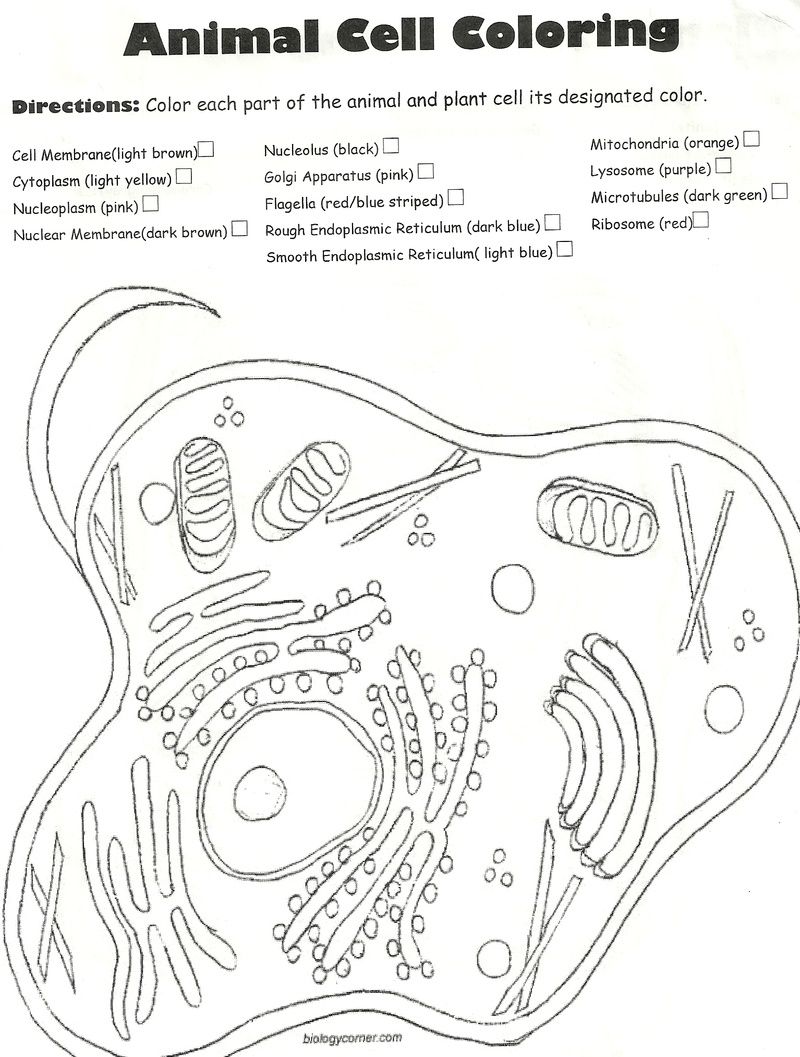
For example, you may need a listing of your bank account balances and a list of things repossessed from your home in the same monetary planning spreadsheet. You might discover it a bit challenging to arrange these completely different tables. You might stack them (Figure 4-1) or place them facet by side (Figure 4-2), however neither solution is perfect. The basic storage unit for data in a worksheet is a rectangular-shaped cell arranged in a grid pattern in each worksheet. Lotus surpassed VisiCalc to became this system that cemented the IBM PC as the preeminent personal computer in enterprise in the course of the Eighties and 1990s.
The information is routinely entered in the selected cell. Select the sheet tab at the backside of the display screen to change to a different worksheet. Add worksheets to a workbook utilizing the context menu or the New Sheet/Add Sheet icon (+) next to the present sheet tabs. Totals of debit and credit column of the steadiness sheet are equal. In the case of a joint-stock firm, the retained incomes column is saved in the worksheet before the steadiness sheet column. A worksheet is a multiple-column kind that is utilized in preparing and adjusting financial statements.
Fresh Animal Cell Coloring Worksheet
Fabulous Animal Cell Coloring Worksheet. If you desire to receive the outstanding images related to Animal Cell Coloring Worksheet, click keep button to save these pictures to your pc. They’re prepared for down load, If you like and hope to obtain it, click save symbol in the page, and it’ll be instantly down loaded in your home computer. At last in order to have unique and the recent photo related with Animal Cell Coloring Worksheet, charm follow us upon google gain or bookmark the site, we attempt our best to gIft you daily up-date subsequent to all supplementary and fresh photos. We realize wish you like staying right here. For most updates and latest news more or less Animal Cell Coloring Worksheet shots, divert warmly follow us on tweets, path, Instagram and google plus, or you mark this page on bookmark area, We attempt to allow you with up grade periodically when all additional and fresh photos, like your browsing, and find the best for you.

Accountants make adjustments of adjusting entries with different related ledger accounts before the preparation of economic statements. The worksheet is a multi-column sheet or a computer spreadsheet the place the accountant writes, in short, data needed for the preparation of adjusting entries and financial statements. Worksheet turbines are sometimes used to develop the sort of worksheets that contain a collection of comparable issues. A worksheet generator is a software program that rapidly generates a collection of problems, significantly in mathematics or numeracy.
This choice is beneficial if you’ve discovered a mistake that you simply frequently make. In the Find Format dialog box, Excel won’t use any formatting option that’s blank or grayed out as part of it’s search standards. For example, here, Excel won’t search primarily based on alignment. In some versions of Windows, it looks like the checkbox is crammed with a strong sq. (as with the “Merge cells” setting on this example). In other variations of Windows, it appears like the checkbox is dimmed and checked at the similar time. Either way, this visible cue indicates that Excel won’t use the setting as a part of its search.
Having a worksheet template simply accessible can help with furthering learning at house. In order to entry a worksheet, click the tab that claims Sheet#. In a spreadsheet, the row is the horizontal area that is going across the spreadsheet. The highlighted part of the next spreadsheet is a row and it is labeled number 5.
